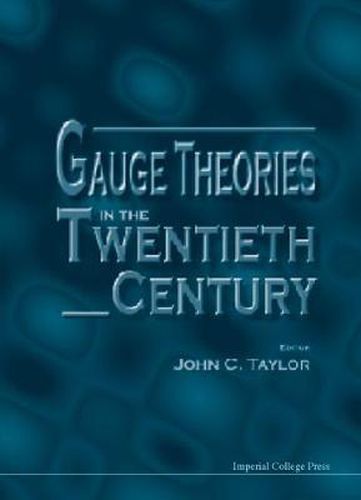Readings Newsletter
Become a Readings Member to make your shopping experience even easier.
Sign in or sign up for free!
You’re not far away from qualifying for FREE standard shipping within Australia
You’ve qualified for FREE standard shipping within Australia
The cart is loading…






By the end of the 1970s, it was clear that all the known forces of nature (including, in a sense, gravity) were examples of gauge theories, characterized by invariance under symmetry transformations chosen independently at each position and each time. These ideas culminated with the finding of the W and Z gauge bosons (and perhaps also the Higgs boson). This volume brings together the key papers in the history of gauge theories, including the discoveries of: the role of gauge transformations in the quantum theory of electrically charged particles in the 1920s; nonabelian gauge groups in the 1950s; vacuum symmetry-breaking in the 1960s; asymptotic freedom in the 1970s. A short introduction explains the significance of the papers, and the connections between them.
$9.00 standard shipping within Australia
FREE standard shipping within Australia for orders over $100.00
Express & International shipping calculated at checkout
By the end of the 1970s, it was clear that all the known forces of nature (including, in a sense, gravity) were examples of gauge theories, characterized by invariance under symmetry transformations chosen independently at each position and each time. These ideas culminated with the finding of the W and Z gauge bosons (and perhaps also the Higgs boson). This volume brings together the key papers in the history of gauge theories, including the discoveries of: the role of gauge transformations in the quantum theory of electrically charged particles in the 1920s; nonabelian gauge groups in the 1950s; vacuum symmetry-breaking in the 1960s; asymptotic freedom in the 1970s. A short introduction explains the significance of the papers, and the connections between them.